Efudex And The Teacher
Efudex users are as diverse as the side effects produced by this powerful topical chemotherapy. From twenty-somethings to men and women in their sixties, Efudex is being prescribed across the board to those of us with sun damage and histories of basal cell carcinoma, melanoma, and squamous cell carcinoma. No matter the original diagnosis, we all have to find a way to face the world outside our comfort zones at one point or another during the course of treatment, especially using Efudex while working.
The Efudex timeline
The standard time for treatment lasts from 2 to 4 weeks with the most physically striking effects hitting somewhere around the second week and lasting through the first days of healing. It’s virtually impossible to avoid human contact and the ongoing need to explain the reason our skin looks so incredibly red, raw, and painful. Some of us need to face more than just a handful of people outside the home; some of us have to face children.
Explaining chemotherapy
Explaining topical chemotherapy to children is a daunting task. As an elementary teacher, I have found myself talking in a strange circle as I try to help my third graders grasp that a medicine designed to help my skin is actually making my skin look worse every day--talk about strange looks. Quite honestly, that’s a difficult concept for most of us adults.
The choice to send a letter about using Efudex while working
Last spring, I was prescribed Efudex for use on my lips and a suspicious spot on my temple. I had four spots requiring treatment and wanted to get them done before the hot, humid Tennessee summer set in. I had treated my chest during school prior to this round but never a highly visible areas like my lips. I decided to clue my students in this time as I knew there might be lots of questions. (If I were a third-grader watching my teacher’s lip swell, redden, and begin to scab, I would have questions--lots of them.) I also wanted to allow my students’ parents and guardians the opportunity to ask any questions prior to beginning treatment. Let’s face it, there are plenty of questions surrounding Efudex.
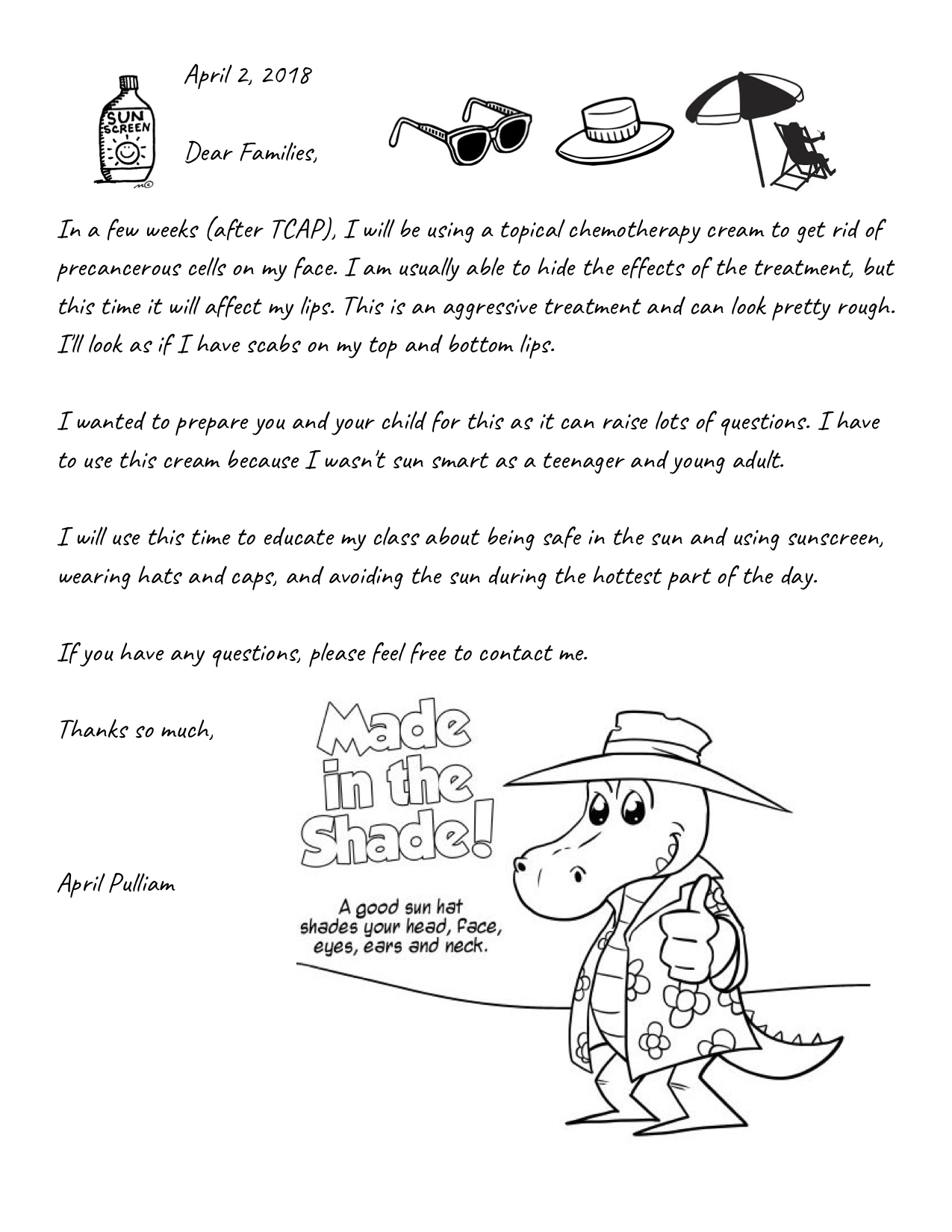
Sending it home
I typed up a letter briefly detailing my history, the upcoming treatment, and what their children might describe having seen each day as treatment progressed. It was important to me not to alarm parents, but I certainly wanted them to feel they were in the loop. Prior to sending the note home, I talked with my classes and gave them a little heads-up that I would start to look a little different over the next week and noted that, at first, they would hardly notice a difference.
When I gave my third graders the chance to ask questions, there were plenty fired my way. Most popular: “Does it hurt?” Did I play it down? Not for a minute. If not now, when?
Answering student's questions about Efudex while working
The upcoming process was the perfect opportunity for me to educate my students on sun safety. I explained that the areas would first become itchy and red and that the cream would make me feel bad--headaches are usually the first side effect to show up for me. I also told them that I would soon look like a had some scabs on my face and not to be alarmed. It would be uncomfortable, but they would see them fade away after a few weeks.
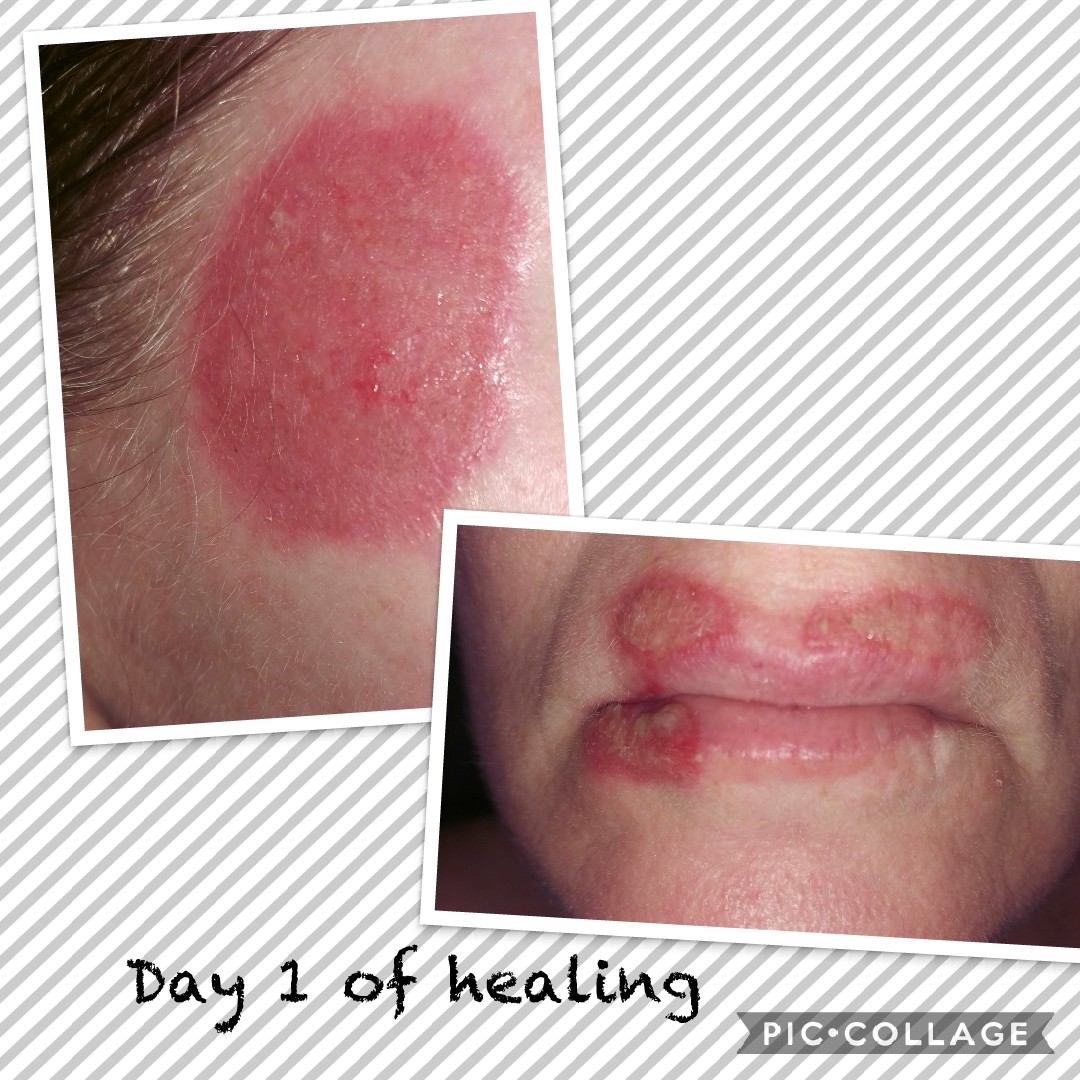
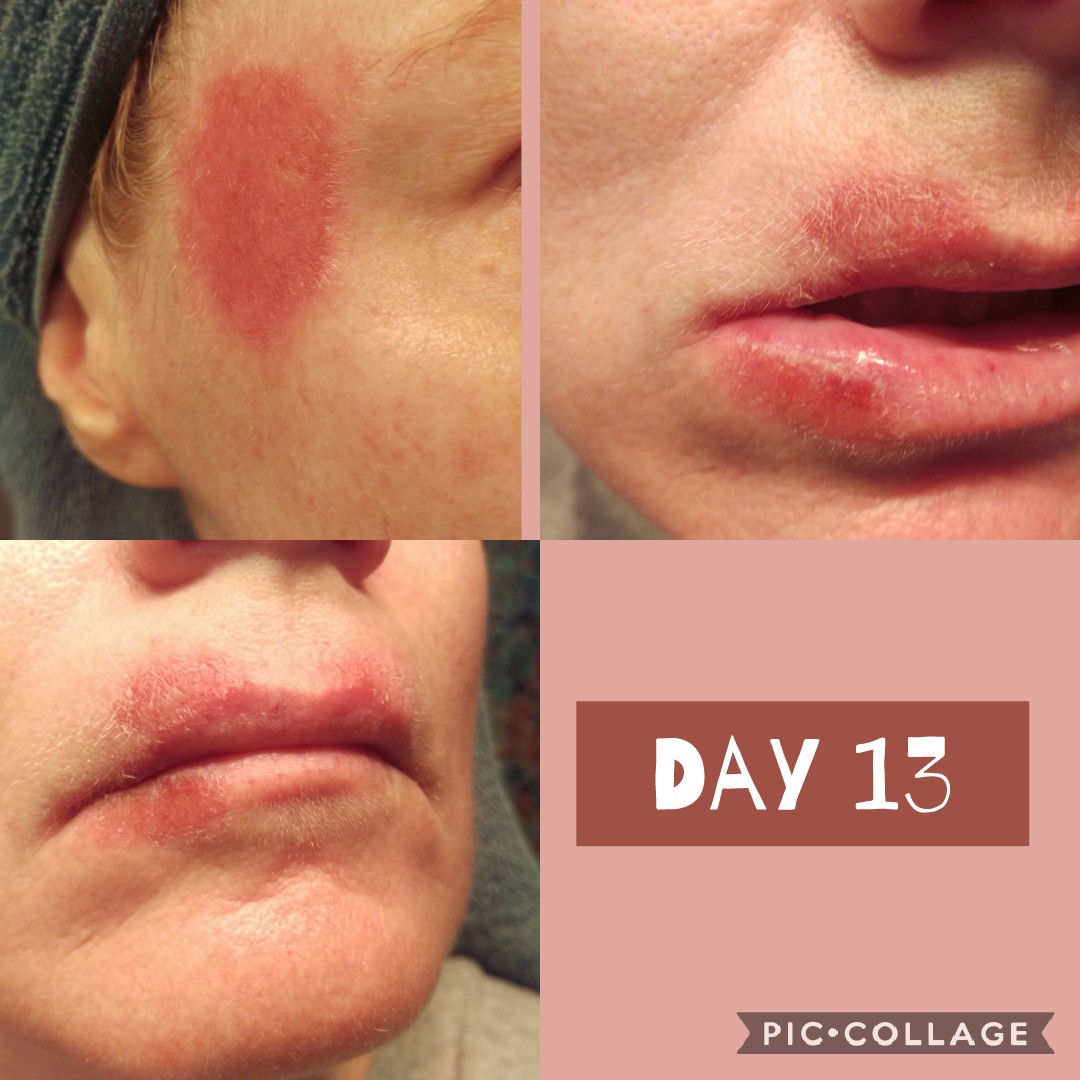
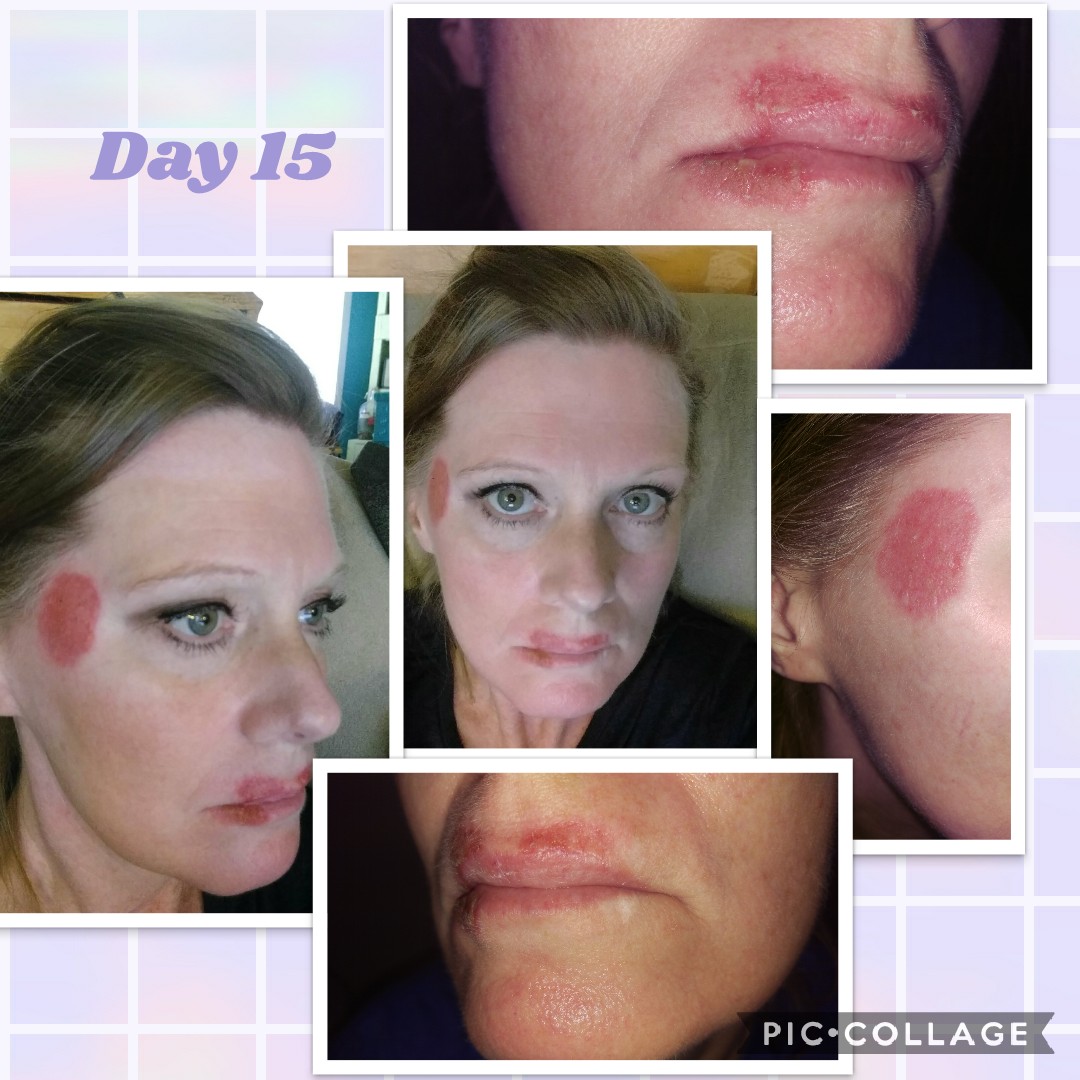
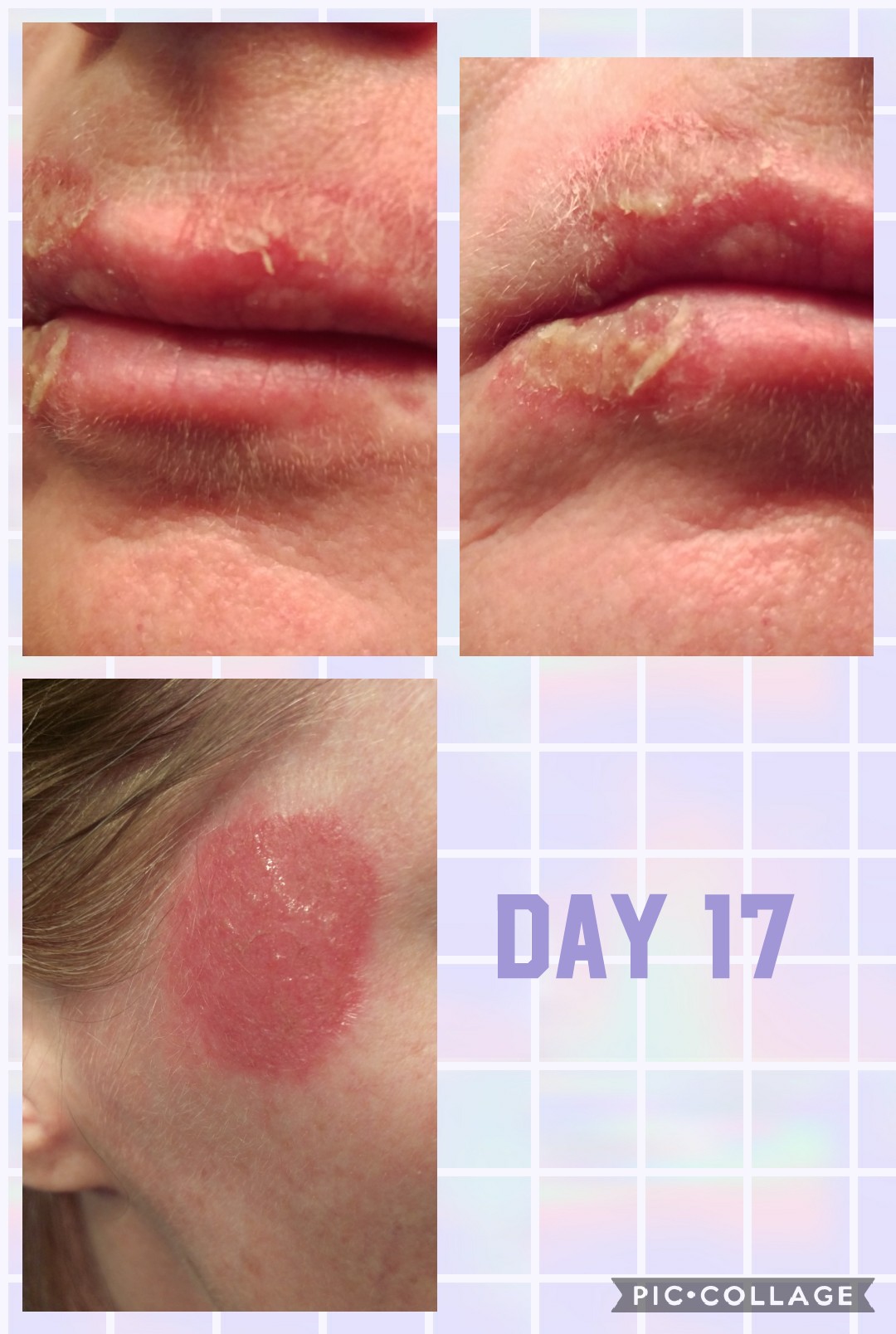
Children understand
While I try to treat with Efudex during the summer when possible, I am not always fortunate enough to wait that long. When I can’t, I now have a system for preparing my students and their parents. The time it takes to have a quick conversation makes all the difference when you have to serve your Efudex time beyond the comfort of your home. If you work with children, you might be surprised by the level of understanding and support you will receive from students and parents alike. I encourage you to jump at the opportunity to advocate for skin checks and sun-safe practices.
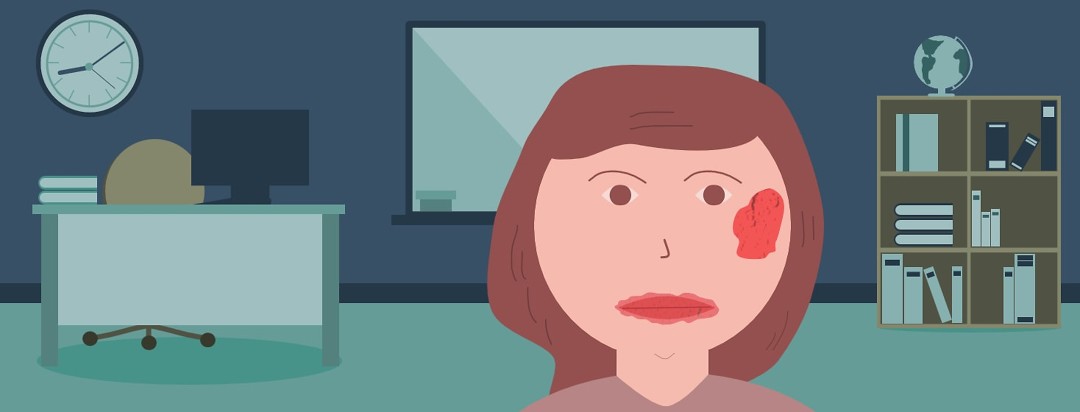
Join the conversation